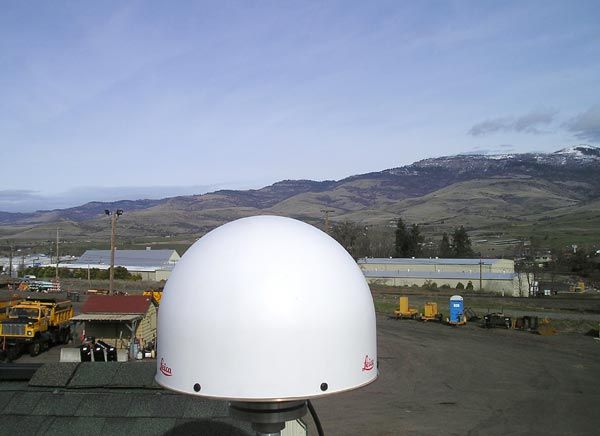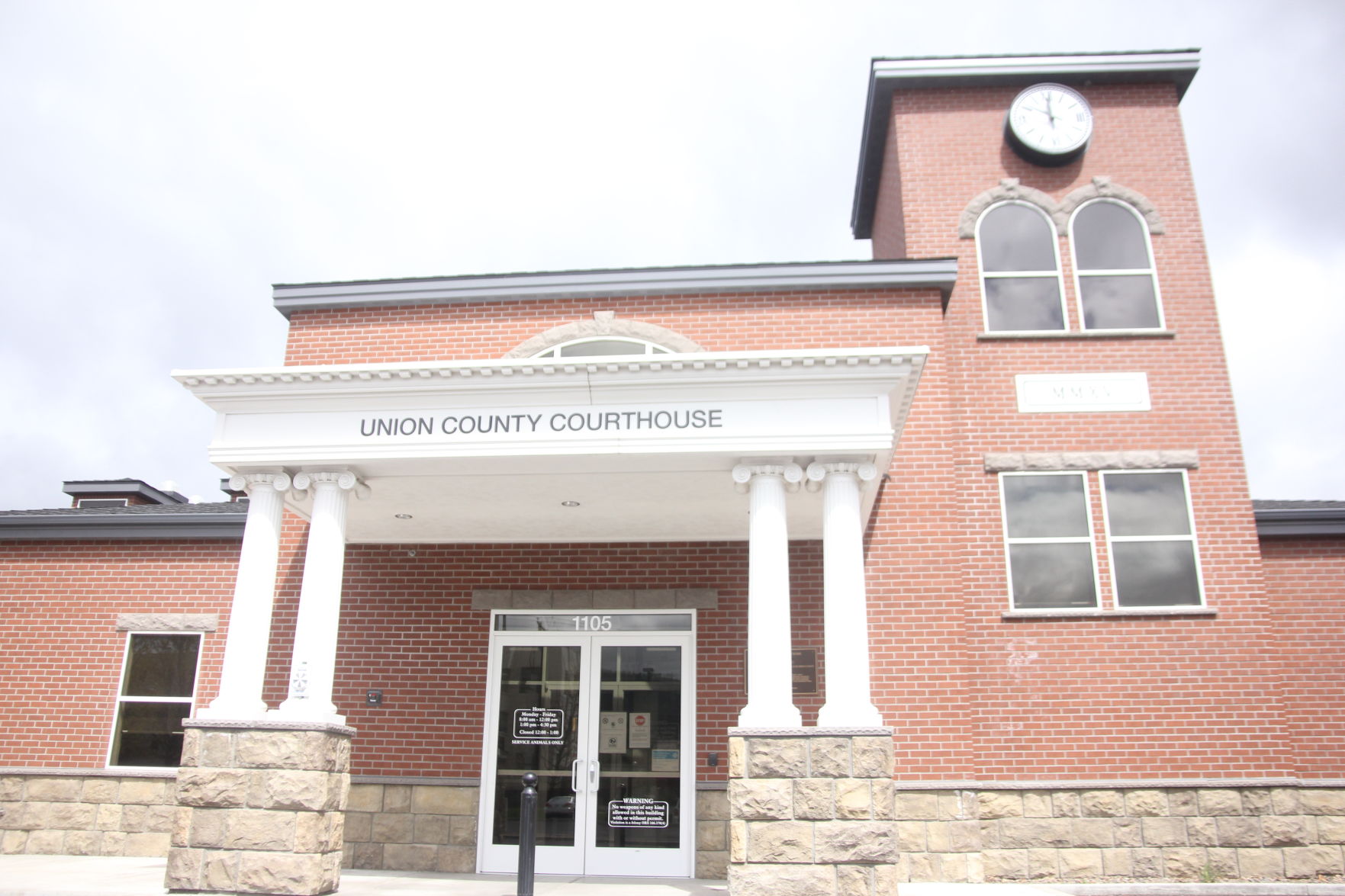Council launches efforts aimed at helping local farmers, ranchers
Published 3:15 pm Saturday, October 4, 2008

- Plans are in the works to install a Global Positioning System base station in Wallowa County. The station would provide reference points to compensate for the GPS locational offset. - Photo/ODOT
Northeast Oregon is seeing some interesting explorations into agricultural technology and procedure that could have beneficial impacts on area farmers and ranchers.
Trending
The Eagle Cap Resource Conservation and Development Council is a non-profit organization focused on natural resource conservation and community development in Baker, Union and Wallowa counties.
RCandD districts were established by Congress in 1962 “to promote conservation, improve land use, develop natural resources and enhance social, economic and environmental conditions in primarily rural areas of the U.S.,” according to the U.S. Department of Agriculture’s Natural Resource Conservation Service, which administers the program.
While ECRCD is not yet authorized (see sidebar), its steering committee – comprised of representatives of NRCS, the Forest Service, soil and water conservation districts, the Oregon Department of Forestry, extension services and other agencies and community members – is moving ahead with diverse projects.
Trending
Cindy Whitlock has been the ECRCD coordinator for nearly two years. She said that much of the district’s energy is currently devoted to three ambitious efforts with much potential bearing on local agriculture.
In response to rising energy costs and the uncertain financial climate, ECRCD is offering assistance to local farmers and ranchers interested in bolstering the energy efficiency of their operations, through its Agricultural Energy Efficiency Program.
“Because with the price of gas, that’s really going to be important to (producers),” said Whitlock.
Mike Burton, district conservationist at the NRCS La Grande office, and Lisa Cron, director of the Union County Soil and Water Conservation District, are coordinating the AEEP program for ECRCD.
“The goal is to get (producers) more efficient systems,” Cron said.
ECRCD is providing interested producers with an outline for proceeding in the AEEP program. Following initial consultations, the firm EnSave would conduct an energy audit on the operation in question.
After receiving the results, the producer could then decide whether or not to seek grants for projects maximizing energy efficiency.
Burton said, “We kind of diagnose the opportunity, and the RCandD is there to help coordinate getting funding.”
There are a number of funding sources the ECRCD consultants can direct producers to, from USDA Rural Development to the Oregon Department of Energy. Some of these have set deadlines for submitting grant applications; others operate on a rolling schedule.
This maiden year, ECRCD is aiming for three or four producers to participate.
“With it being our first time, we’re setting our goals a little lower,” Cron explained.
On his own, local farmer Phil Hassinger has already undergone an efficiency upgrade to his operation off Booth Lane. Now he’s a resource for ECRCD and interested peers.
“We’ve been kind of tapping Phil’s brain,” Burton said.
Another project gathering momentum is the installation of a Global Positioning System base station in Wallowa County.
This initiative is a partnership between ECRCD and the Oregon Department of Transportation.
“The hand-held recreational GPS units most of us own these days are accurate to 300 feet, which is usually accurate enough for those of us out playing in the woods or looking for directions to our friend’s house,” said Ron Singh, chief of surveys and geometronics manager for ODOT at a July meeting in Wallowa County.
“However, if you are out surveying or doing precision farming, that’s just not close enough. Every foot in precision farming is money. Money in terms of too much or too little pesticide or fertilizer applied, gallons of diesel used to run equipment and bales or bushels yielded from cropland.”
Base stations provide reference points to compensate for the GPS locational offset, and could have applications well beyond farming.
Joe Zuger of the Wallowa County Soil and Water Conservation District, one of the coordinators of the project along with Tom Smith of Wallowa County NRCS, said such stations are well distributed in western Oregon, much more patchily so east of the Cascades. A Wallowa County system could coordinate with others in Pendleton and La Grande (at the rest area just north of the mouth of Ladd Canyon) for increased triangulation.
Zuger said ECRCD is still investigating funding – a base station unit typically costs some $20,000 – and the best method to transmit signals from the base station to ODOT and then to individual GPS receivers.
Finally, ECRCD is beginning an investigation of a grass bank for ranchers in Baker County, and potentially elsewhere within the district. This program would provide forage for producers whose grazing allotments or pasture land have burned in a wildfire.
To allow such range to adequately recover, the grass bank program would open other grounds for cattle. Such efforts are also meant to promote sustainable grazing practices.
In addition, ECRCD has connected a local group of producers and other individuals interested in creating a biodiesel co-op with industry professionals and other such coalitions elsewhere in Oregon.
For more information about ECRCD, contact Whitlock at 962-8501 or cjwhitlock@fs.fed.us .
Those producers interested in the AEEP program should contact Burton at 963-4178, ext. 108, or mike.burton@or,usda.gov ; or Cron at 963-0724, or lisa.cron@oacd.org .









